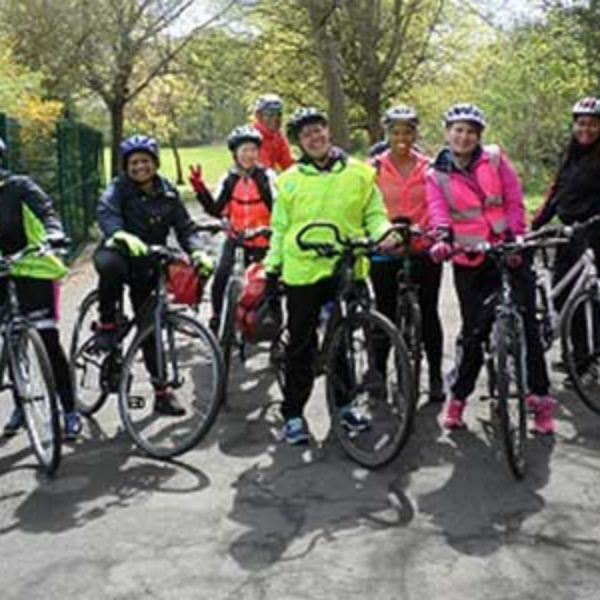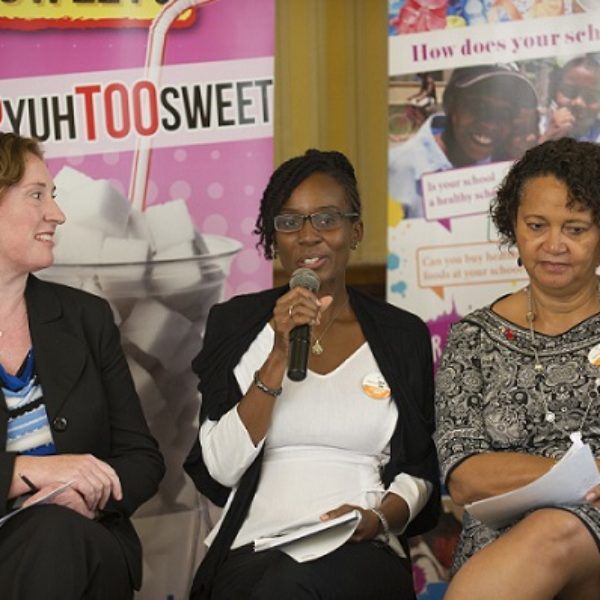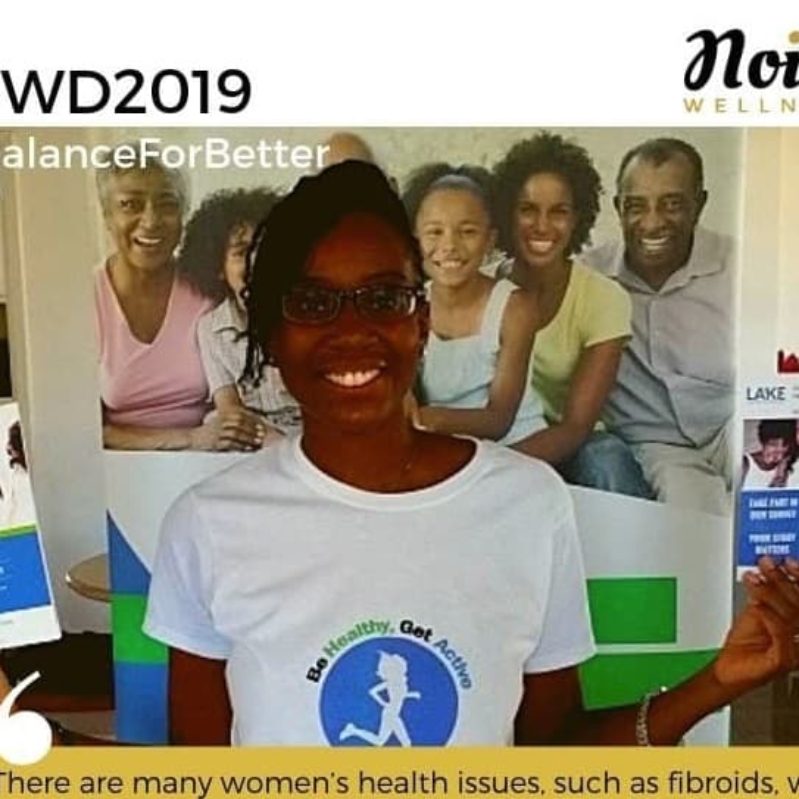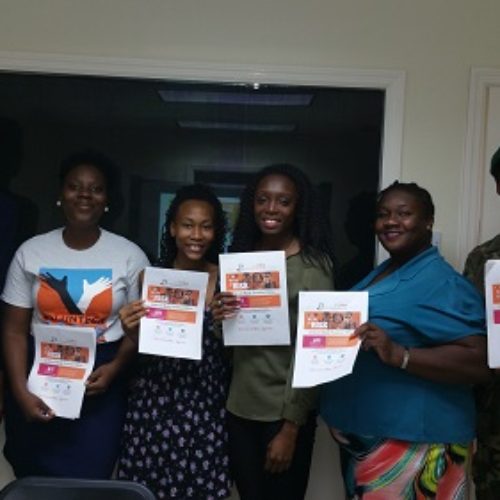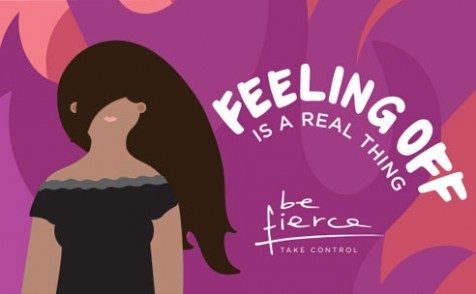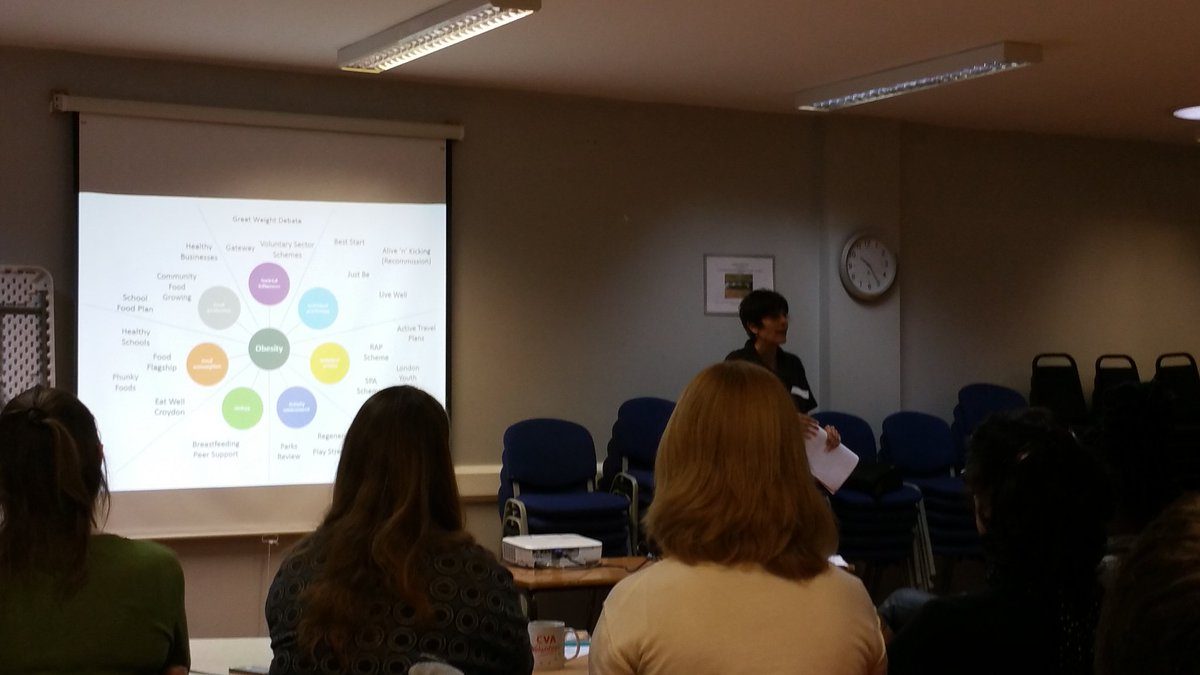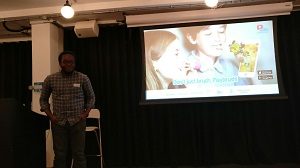Improving our Health and Wellbeing Through Gardening: How I got started
Today’s blog is the second in our gardening and health blog series. We hear from Abi Begho who discusses what motivated her to set up her backyard vegetable garden and how she got started.
I’ve never been a huge fan of gardening, in fact gardening never really entered into my thoughts until recently. There has been a lot of change in my life with my husband and I moving from the UK to the Caribbean. We moved for many reasons with the main reasons being to improve our quality of life, escape the city where everything is so fast-paced and to get back to what is really important – fulfilling our purpose in life and having a positive impact on the world around us.
As we planned our move the idea of being sustainable and self-sufficient appealed to us – we’re going to have the space so why not try growing all our fruits and vegetables? I liked the idea of it, but in my mind I thought: this is going to be a chore and a lot of work, and I really don’t know where to start.
Getting Started
Once we moved I turned to my trusty friend, YouTube, and started exploring how to start a vegetable garden and there was so much useful advice.
I focused on fruits and vegetables that we eat already (tomatoes, okras, peppers, onions, broccoli etc.) and read up on how to grow these from seeds, but also consulted with my brother-in-law who is working on his PhD in agricultural economics.
My research was really eye-opening and highlighted just how much I didn’t know about the food we eat and where it comes from – who knew that okra actually starts its life as a beautiful flower and this flower turns into an okra pod ? Amazing!
Armed with videos, information and lots of advice, I began. My first project was tomatoes. I literally just sliced up a tomato, making sure each of the slices had seeds in them and buried the slices in soil – a very simple tip I picked up from YouTube. I have to admit I was extremely skeptical – can I really grow tomato plants from these slices buried in a bit of soil? Well, to my surprise, less than a week later the seeds in the slices had germinated and I had the cutest little tomato seedlings growing happily in my container. That was towards the end of October and as I type I have nine tomato plants that are over a foot tall with 23 little green tomatoes developing and two huge green tomatoes which look like they’re ready to turn red any day now – great results! I am so proud and feel a huge sense of accomplishment that I have made such significant progress in growing my tomato plants from seeds.
So far, I have to say, I absolutely LOVE gardening. I have found it to be extremely relaxing, I wake up early every morning and spend some quiet time in the garden with my vegetables (that sounds a bit creepy, I know!). My surroundings are beautiful, the weather is great and the plants look like they develop a bit more every day, which I find really fascinating. It’s nice starting the day with the peace and tranquillity of engaging with nature and I now truly appreciate the beauty of God’s creation.
Oh, and let’s not forget that gardening is actually hard work so I do get some serious exercise, particularly when I am creating the vegetable beds – I have to do a lot of digging, weeding and raking . You won’t believe how much weight I’ve lost since I started gardening, I can hardly believe it myself.
In my next blog…
My gardening journey has just started and in my next few blog posts I’ll share my experience until I hopefully get some produce (how exciting!). I’ll also share the health benefits of what I am growing, what I have learnt and the dishes I make from the vegetables I have grown – it may just inspire you to grow your own fruits and vegetables too.
Next time I’ll be discussing my lovely tomatoes and giving you an update on their growth.
See you in the next blog and happy gardening!
If you missed the first blog post in this series, you can read it here to find out more about the health benefits of gardening – there are many!

